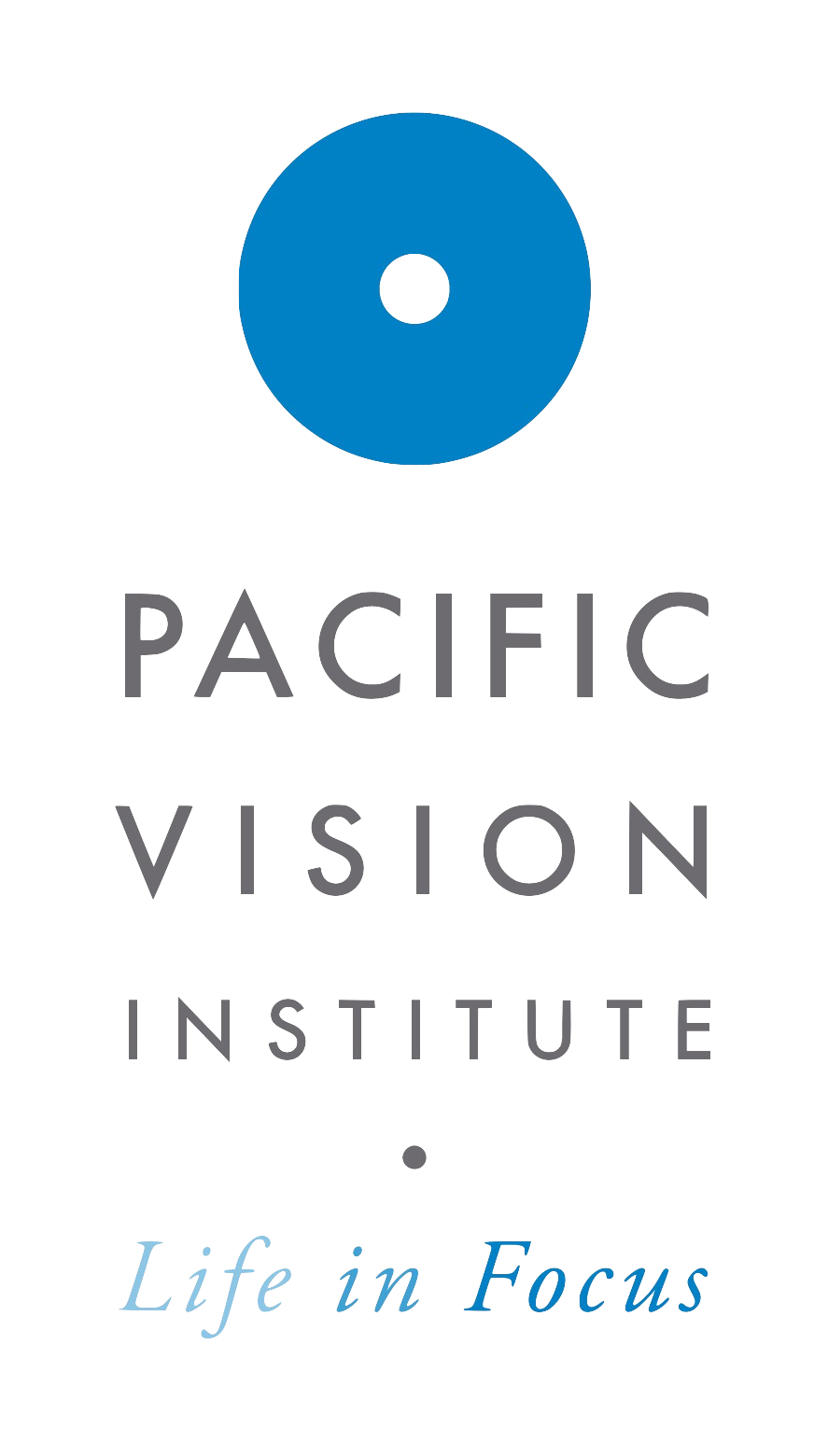The Basics of LASIK Surgery
LASIK surgery can correct nearsightedness, farsightedness, or astigmatism. LASIK, or “laser-assisted in situ keratomileusis,” is the correction of the corneal shape with an advanced laser device. At Pacific Vision Institute, we use the most advanced, wavefront-guided LASIK system.
What is LASIK?
LASIK is a surgical procedure to correct the shape of the cornea, the clear dome at the front of the eye structure. The cornea helps to focus incoming light waves on the retina, sending images to the brain through the optic nerve. Imperfections in the shape of the cornea will cause you to see a blurry image. LASIK surgery reshapes the cornea, so you have clear, sharp vision.
What vision problems can be corrected with LASIK?
Several common vision problems can be resolved with LASIK surgery, including:
- Nearsightedness, or myopia. A common problem created by the shape of the cornea, the person can see close objects clearly, with distant objects appearing blurry.
- Farsightedness, or hyperopia: Objects at a distance can be seen clearly, while closer objects appear out of focus.
- Astigmatism: The shape of the cornea or lens causes vision problems, often both close-up and at a distance.
- Presbyopia: As your body ages, the lens within the eye can lose its natural elasticity, causing vision problems.
What you should know about LASIK surgery
LASIK is appropriate for many people, but not everyone. To determine if you are a candidate for this advanced eye surgery, you must have a comprehensive eye exam. A good candidate for LASIK should meet the following criteria:
- You have had a stable prescription for two years or longer
- Your vision is at least 20/40
- Your cornea is healthy
- You do not have any current eye disease
- You are over 18
How is LASIK performed?
The procedure is swift, requiring 10-20 minutes to complete. The first step is to numb your eyes with anesthetic eye drops. The eye being treated is held open with an instrument, which causes no pain. Your head is in a specialized bed designed to keep your head completely still. There is no need to worry about the procedure going wrong due to involuntary movements. You will be asked to focus on a blinking light which will ensure accuracy. Our advanced LASIK system tracks your eye position and to adjust to any tiny eye motions that may occur. Each eye requires about ten minutes to complete. You may feel minor pressure and will hear a clicking sound.
What is the recovery like?
After LASIK surgery, you may feel a gritty sensation, as if something is in your eye. Any discomfort is manageable with over-the-counter pain medication. After surgery, you need to be driven home by another person, as your vision will be blurry. The blurriness typically fades away within a day or two, or up to a week. Most people are ready to return to work or other activities within two days. They can see clearly without wearing glasses or contacts. Full healing occurs over several months, as the flap in the cornea created in surgery takes longer to adhere fully. In the early stages of healing, clarity of vision may fluctuate slightly but will improve as the days pass.
How many follow-up appointments will I have?
We will see you the day after your surgery, in one week, one month, three months, and possibly one more appointment. After that, you merely need to have your eyes checked yearly in most cases.
How do I prepare for LASIK surgery?
If you wear soft contacts, you will need to remove them at least one week before your eye exam, as the lenses slightly alter your natural eye shape. After your eye examination, you are free to wear soft lenses for up to 24 hours before your surgery. If the lenses are rigid, they must be removed six to eight weeks before your exam.
Is custom LASIK better than standard LASIK?
Custom LASIK surgery is considered the “gold standard” in LASIK surgery. This procedure is customized to your unique eye structure. Wavefront technology allows our eye specialist at Pacific Vision Institute to correct your cornea more thoroughly. Custom LASIK is very precise, as the eye mapping measures the unique differences in your eye structure, mapping your entire cornea. Most patients will achieve 20/20 vision or better.
